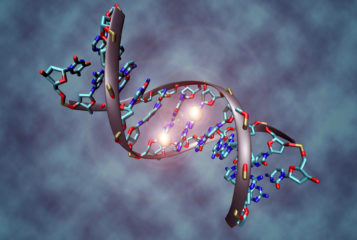The risk of developing autism may be affected by mineral exposure in the womb, suggests a study in twins.
Children who developed autistic spectrum disorder (ASD) had higher levels of the heavy metal lead in their baby teeth just before and after birth. This appears to predict the severity of the disease in later childhood.
'We think autism begins very early, most likely in the womb, and research suggests that our environment can increase a child’s risk,' said Dr Cindy Lawler from the National Institute of Environmental Health Sciences. 'But by the time children are diagnosed at age three or four, it’s hard to go back and know what the mums were exposed to. With baby teeth, we can actually do that.'
From the second trimester and during early childhood, teeth form measurable 'growth rings', similar to trees, which incorporate minerals such as zinc, manganese and lead. By examining layers from the baby teeth of 32 sets of identical and fraternal twins, researchers from the US and Sweden aimed to focus on possible environmental exposures while controlling for genetic factors.
They found higher levels of the neurotoxin lead in the teeth of individuals with the disorder, and lead content at three months after birth predicted the severity of ASD at ages 8 to 10 years. Twins with autism also showed lower levels of the essential nutrients manganese and zinc in their teeth.
However, the study, published in Nature Communications, could not discern whether the mineral content of the baby teeth were a result of environmental exposure or how well the metals were absorbed. But the authors believe their results support the hypothesis that exposure to abnormal amounts of these minerals at an early stage of children's development may affect the risk of ASD.
The paper is 'strongly exploratory', said Dr Rosa Hoekstra at King's College London, who was not involved in the work. She said a bigger study is needed as the small size of the current study cannot establish a causal link between levels of metals in teeth and autism.
While the study is a step towards understanding ASD risk factors such as environmental pollutants and dietary deficiencies, lead author Dr Manish Arora at the Icahn School of Medicine, US, noted that 'it is too early to make clinical recommendations'.




Leave a Reply
You must be logged in to post a comment.